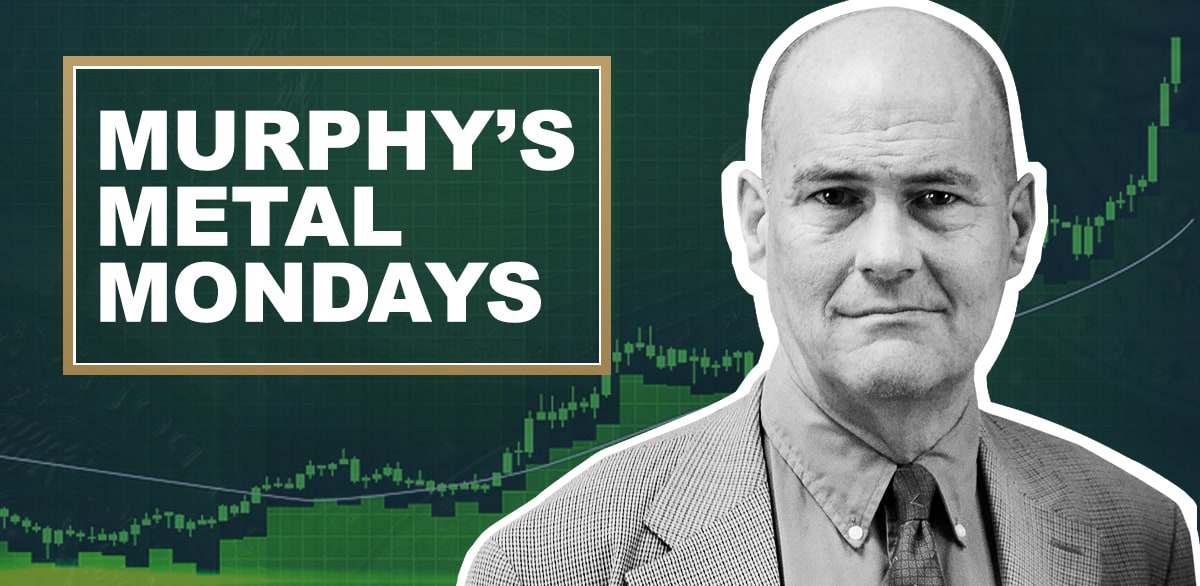
A nickel ain’t worth a dime anymore.-Yogi Berra
Inflation is insidious (meaning it proceeds in a gradual, subtle way, but with harmful effects). It chips away at your purchasing power daily, until one day the chips add up to a block of granite. The most recent government report puts inflation at 7%, but realistically the rate is more in the range of 10% to 15%. Every day your money sits in the bank is a losing proposition. In fact, based on current numbers, $100,000 in the bank today will only have the purchasing power of $50,000 in five years from now. In an attempt to stem the rise of inflation, the Fed recently projected the possibility of 7-8 interest rate increases over the next one to two years. As a result, the stock and bond markets got very skittish, and even gold temporarily sold off. Below is a summary of some words put out this weekend by London precious metals analyst, Alasdair Macleod, via King World News. In the process, Macleod puts into perspective the relationship of money supply, interest rates, inflation and gold.
As per Aladair Macleod, interest rates are going to rise a lot more than anyone thinks, which will take bond yields with them this year. And the effect of that is going to be catastrophic for financial assets. But given that gold correlates with the rise in interest rates, a rising gold price is inevitably what we’re going to see.So the situation is very interesting from that point of view. We’ve had a consolidation of 17 months from the August 2020 high for gold with gold basically moving sideways and establishing around about the $1,800 level as being the level from which it will break.It is the nature of these consolidations that the longer they persist the greater the move out of them. We must be getting close to that time, with the moving averages and the price all converging together. Since gold surged 78% prior to 17 months of sideways consolidation, the move out of this is likely to be a 78% rise from $1,800. So we’re talking about a price over $3,200.Sentiment seems to confirm the position, with weaker hands giving up on gold and silver. We know from experience that when sentiment gets this bad, we are very close to a turning point.
Macleod also makes an interesting note that while most believe rising interest rates is gold bearish, most everyone also tends to measure the value of the dollar via the US Dollar Index. Recently the Dollar Index has been rising, but the dollar’s value is better reflected in a basket of commodities (including the likes of crude oil, copper, lumber, aluminum, and soybeans) and with the help of soaring energy prices, the dollar’s purchasing power continues to decline, which is under appreciated by the financial establishment, misunderstanding the purpose of interest rates. They are not the “cost” of money; they reflect the loss of a currency’s purchasing power. Understand that and the fact that historically both interest rates and the price of gold rise together is explained.
Macleod believes the mainstream establishment is just beginning to understand the potential for significant rises in interest rates as inflation is now recognized as a problem. What this has done is shaken the equity and bond markets, and soon it will affect property prices. So, we have a Keynesian establishment mistakenly thinking that rising interest will dampen economic demand and control inflation. But in fact, the role of interest rates is to reflect market expectation of the depreciating currency. And the currency is depreciating because it’s being issued in greater quantities. So, contrary to popular opinion, as the currency depreciates and interest rates go up, the price of gold goes higher as well.
Last month, Bloomberg put out the following statement, “For those who think gold missed the inflation train, there are several reasons to reconsider. There have only been two other inflationary periods in the last 50 years. The first was in the seventies, the second from 2003 to 2008. In each of these inflationary periods, gold underperformed commodities in the first half and outperformed in the second half. It seems that markets don’t take inflation (or gold) seriously until it proves to be intractable.” For the record, in the seventies, interest rates rose from 4% to 20%, while gold rose from $35oz to $875oz. From 2003 to 2008, interest rates were officially raised 17 times, while gold went from $300oz to $1000oz.


